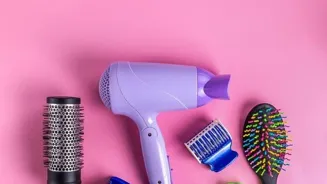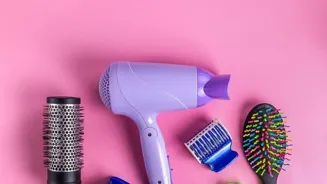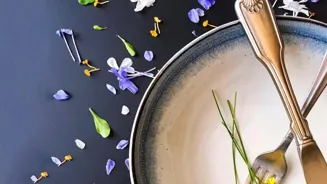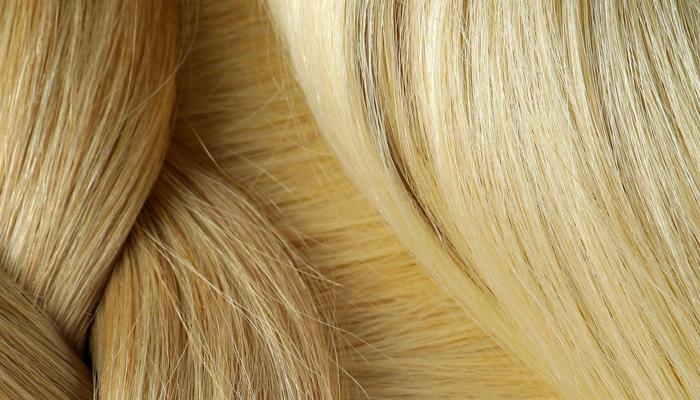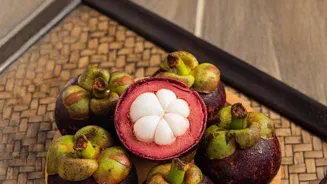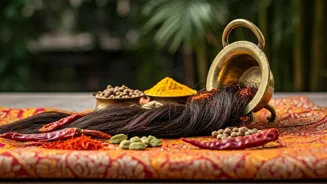Unlock the secrets of your hair type and elevate your hair care routine for luscious locks. Discover more!
In the vibrant tapestry of India, where diverse cultures and traditions intertwine, one thing remains
a common thread: a deep fascination with hair. Long, lustrous locks are often seen as a symbol of beauty and health.
However, achieving that perfect mane requires understanding your unique hair type and tailoring your care routine accordingly. Many of us just blindly follow ads, purchasing whatever is marketed at us, without considering what our hair actually needs.
Let's take a deep dive into the world of hair types and how to best care for yours. This will help boost your hair health.
Identify your hair type for better care and styling
The first step to amazing hair is identifying your hair type. Forget whatever the marketing gurus are saying and actually look at your hair. Most experts use a system based on numbers and letters. The number refers to the curl pattern, ranging from Type 1 (straight) to Type 4 (kinky).
The letter indicates the hair's thickness, from A (fine) to C (coarse). Type 1 hair is straight, known for being shiny but often prone to oiliness. Type 2 is wavy, falling somewhere between straight and curly, often needing help with definition.
Type 3 is curly, ranging from loose curls to tight ringlets and naturally drier than other types. Finally, Type 4 is kinky or coily, the most fragile hair type, requiring lots of moisture and gentle handling. Knowing your hair type is crucial to choosing the right products and techniques.
Identify hair type & meet specific needs for each type
Once you’ve identified your hair type, it's time to understand its specific needs. Straight hair (Type 1) tends to get oily quickly, so lightweight shampoos and conditioners are your best friends. Avoid heavy products that can weigh it down. Wavy hair (Type 2) needs moisture and definition.
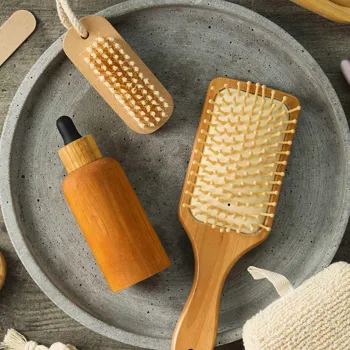
Try using mousse or gel to enhance your natural waves and avoid frizz. Curly hair (Type 3) craves hydration. Use curl-defining creams and oils to keep your curls moisturized and bouncy. Kinky hair (Type 4) is the most delicate and needs intense moisture.
Opt for thick creams, oils and butters and detangle gently to prevent breakage. Remember, Indian weather plays a big role too! Humidity causes frizz, while dry weather can lead to dryness.
Limit shampooing, condition well, detangle wet hair, massage scalp
Now that you know more about your hair, let’s talk about some essential hair care practices. Shampooing too often can strip your hair of its natural oils, leading to dryness and damage. Limit shampooing to 2-3 times a week, or even less if you have curly or kinky hair.
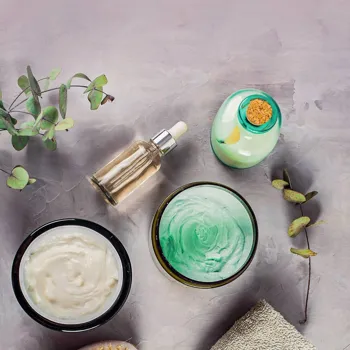
Always use a conditioner after shampooing to replenish moisture and detangle your strands. Detangling is best done when your hair is wet and saturated with conditioner. Use a wide-tooth comb, starting from the ends and working your way up to the roots to avoid breakage.
Massaging your scalp regularly helps to improve blood circulation and stimulate hair growth. Use your fingertips to gently massage your scalp in circular motions for a few minutes each day.
Balanced diet and hydration crucial for healthy hair; include vitamins, minerals, amla
Our diet plays a huge role in hair health! Drinking is also equally important. Make sure you have a balanced healthy diet. Ensure you include vitamins, all minerals and necessary nutrients. Many health problems are often linked to hair related issues.
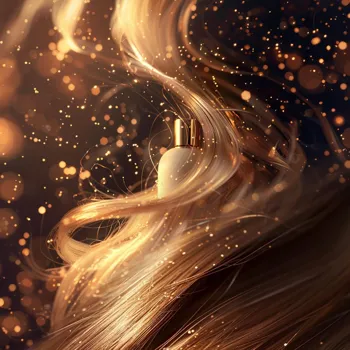
Consider drinking lots of fluid if you have dry hair. This fluid could include water or juice. The amount you need daily is 8. So aim to drink that much. Make sure you are eating lots of nuts and fruits. Green Vegetables also boost great hair.
Amla is considered a great Indian food for getting long hair. You can make amla rice or amla pickle, amla can be added in lots of ways.
Protect hair from heat damage with precautions and care
Protecting your hair from heat damage is extremely important if you use styling tools. Heat can weaken the hair shaft, leading to breakage, split ends, and frizz. Always use a heat protectant spray before using any heat styling tools, such as hair dryers, straighteners, or curling irons.
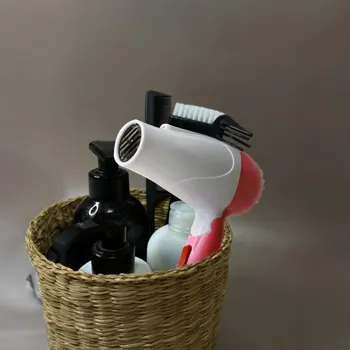
Limit the use of heat styling tools as much as possible, and always use the lowest heat setting that still achieves your desired look. Consider air-drying your hair whenever possible. If you must use a hair dryer, use the cool setting to minimize heat damage.
Braiding your hair before bed can also reduce friction and prevent breakage while you sleep.
Regular trims prevent split ends for healthy hair
Don't forget about regular trims! Trimming your hair every 6-8 weeks removes split ends and prevents them from traveling up the hair shaft, causing further damage. Even if you're trying to grow your hair long, regular trims are essential for maintaining healthy hair.
Split ends can make your hair look frizzy and dull, so getting rid of them will instantly improve the appearance of your hair. So, understanding your hair type and adopting the correct care routine will help you achieve and maintain healthy, beautiful hair.
AI Generated Content. Glance/InMobi shall have no liability for the content